
Filter by

Filter by
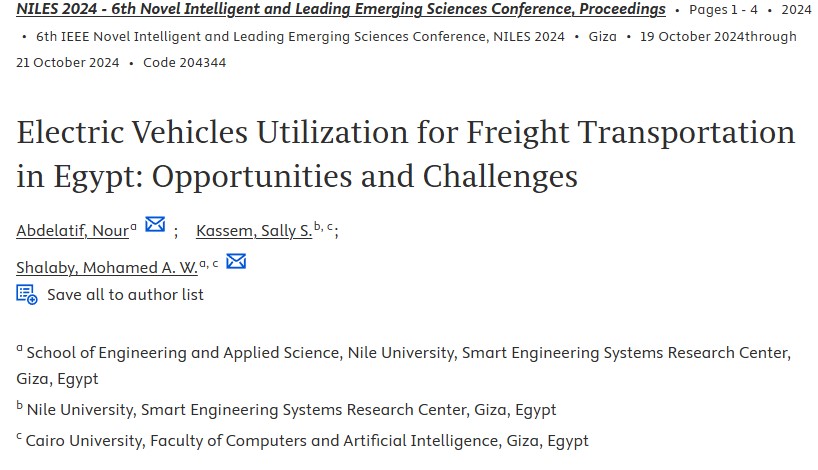
Environmental concerns related to freight road transportation have been identified. Among the solutions to solve that problem is replacing conventional diesel-operated freight transportation vehicles with electric freight transportation vehicles. Although electric vehicles have a positive impact on environmental concerns, they have their challenges that make transportation companies reluctant to
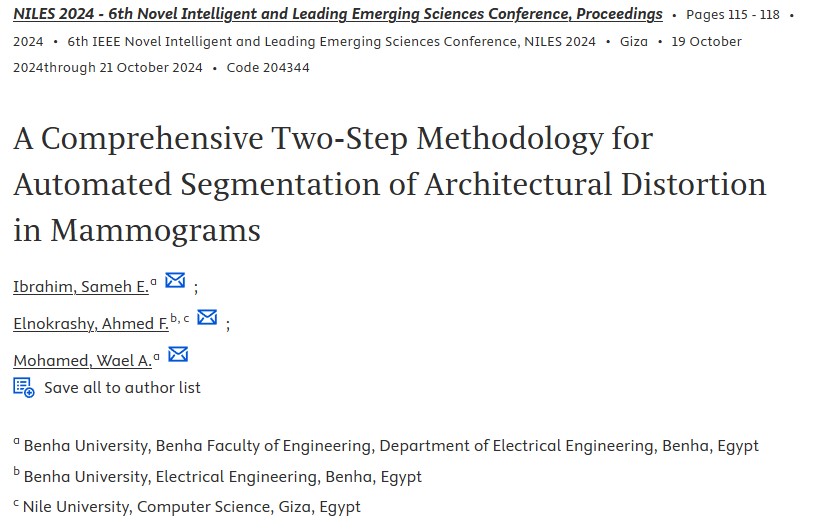
Breast cancer is one of the most prevalent forms of cancer worldwide and a leading cause of mortality among women. Early detection of breast cancer is crucial for effective treatment. Architectural distortion (AD) is an early sign of breast cancer, characterized by a subtle contraction of breast tissue that often goes unnoticed. Traditional methods of detection heavily rely on the expertise of
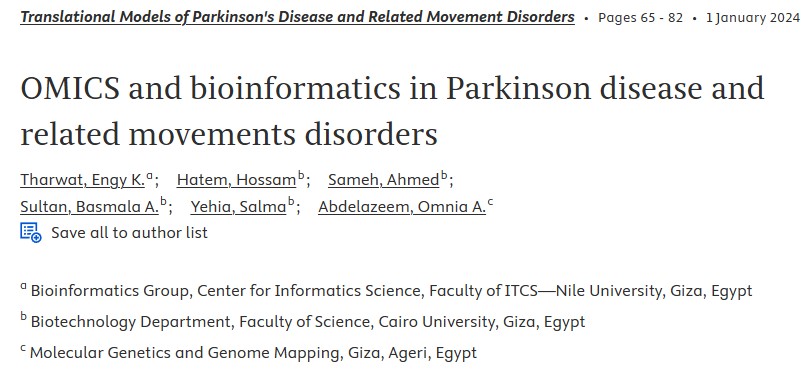
This chapter explores the integration of omics and bioinformatics for Parkinson's disease (PD) diagnosis and potential cure discovery. It begins with an overview of PD and its prevalence, followed by an examination of key mutations in genes linked to the disease. These mutations lead to dysfunctional proteins, triggering PD progression. The chapter delves into techniques like whole-exome
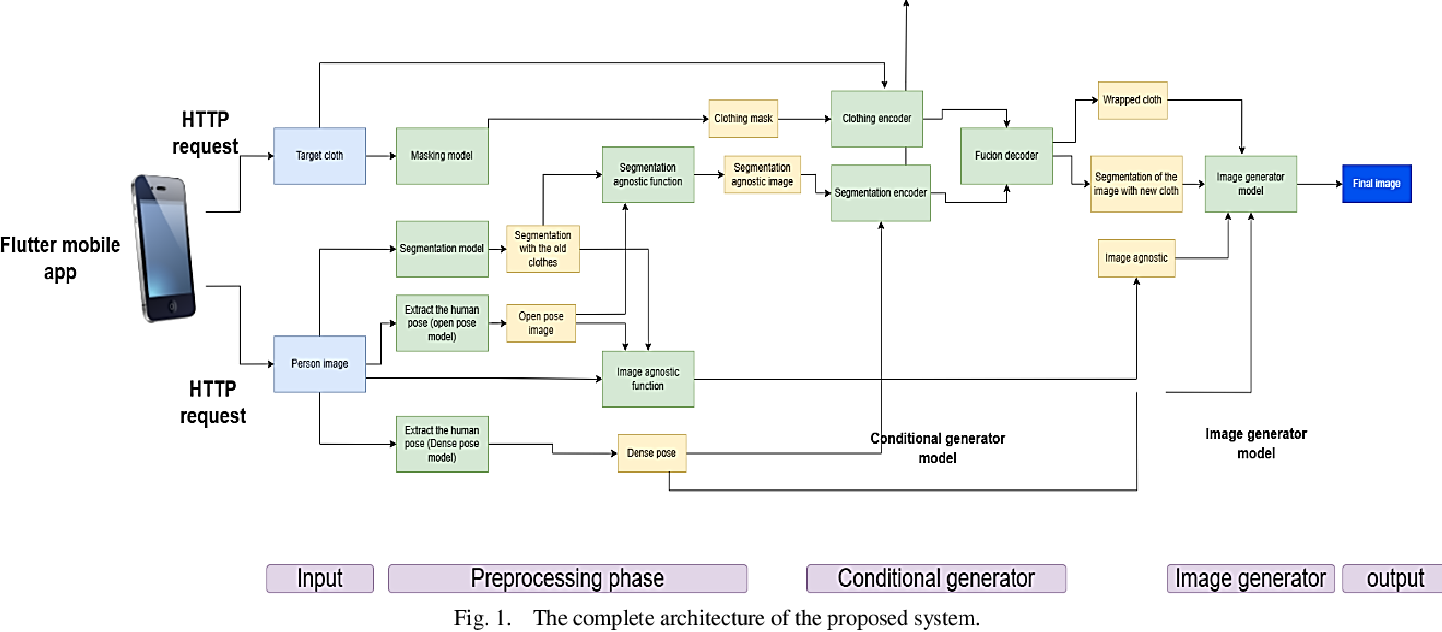
Customers all over the world want to see how the clothes fit them or not before purchasing. Therefore, customers by nature prefer brick-and-mortar clothes shopping so they can try on products before purchasing them. But after the Pandemic of COVID19 many sellers either shifted to online shopping or closed their fitting rooms which made the shopping process hesitant and doubtful. The fact that the

As the technological advancements in felid such as electronic, robotics, and artificial intelligence continue to grow and flourish, the more the traditional methods of doing things starts to get absolute. This phenomenon cannot be more clearly observed in like medicine, technological advancements changed the ways things are done from the way that the doctors preform their surgical operations to
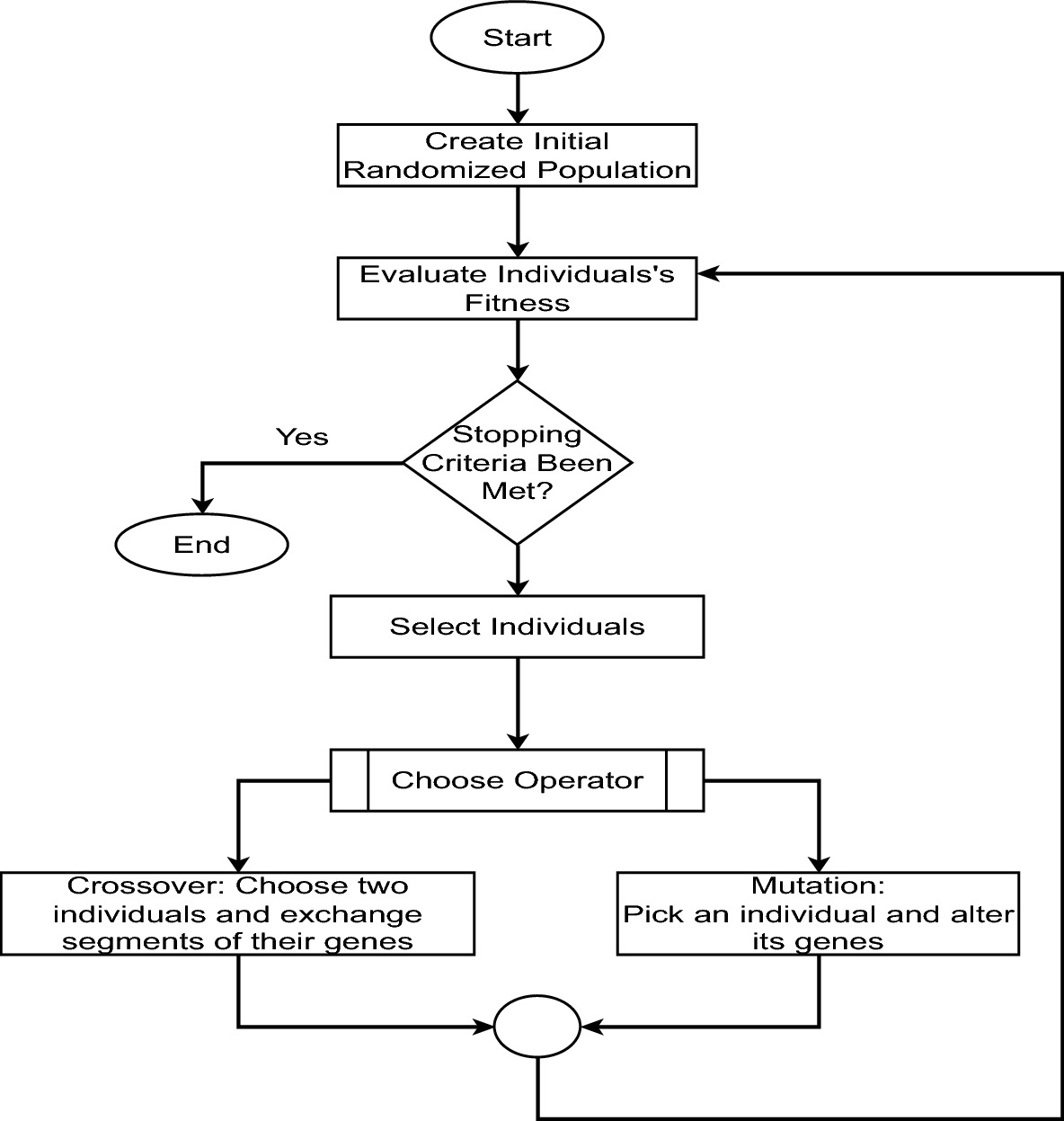
This paper presents a comprehensive study on the optimization of PID controller parameters for a ball & plate system through the utilization of Genetic Algorithm (GA) and Particle Swarm Optimization (PSO). The objective of the study is to attain precise steady-state response while shortening settling time and minimizing overshoot. The assessment of controller performance is conducted using the
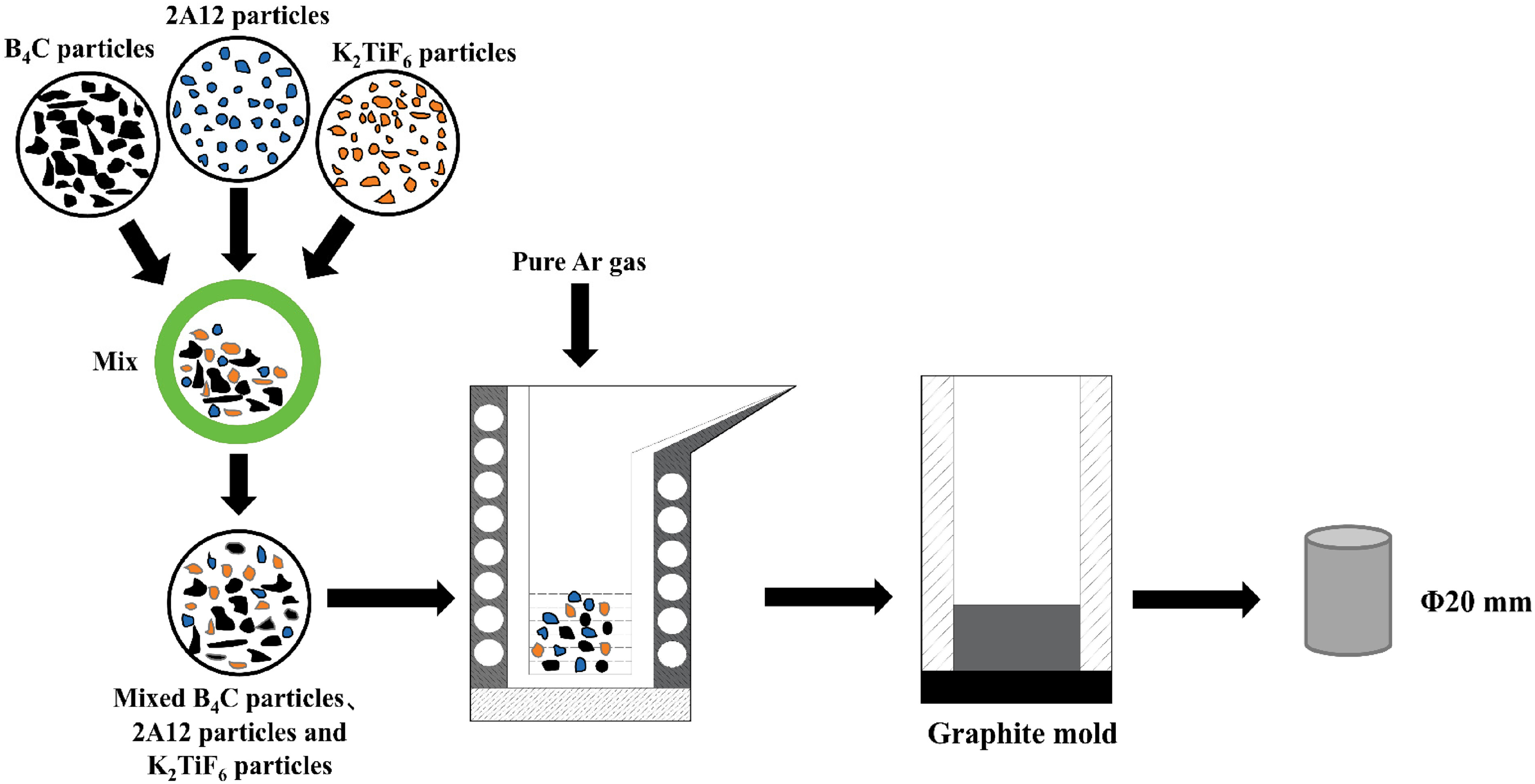
This study presents an innovative exploration into the development and characterization of boron carbide (B4C) reinforced aluminum (Al) metal matrix composites (AMMCs), specifically focusing on the 2A12 Al alloy. Utilizing a cutting-edge vacuum induction melting process, the research investigates the effects of varying B4C particle concentrations in conjunction with 50% K2TiF6 flux additions. This
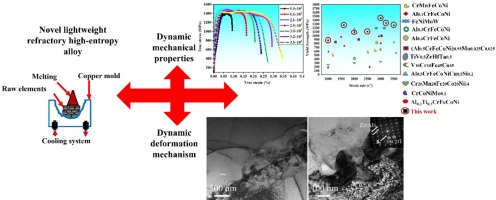
This study explored the dynamic-mechanical behavior of a novel low-density (TiNbZr)89(AlTa)11 refractory high-entropy alloy (RHEA) across strain rates ranging from 1.0 × 103 to 3.5 × 103 s−1. A significant increase in the yield and ultimate compressive strengths with rising strain rates up to 3.0 × 103 s−1 was observed and attributed to enhanced dislocation activities and stress-induced
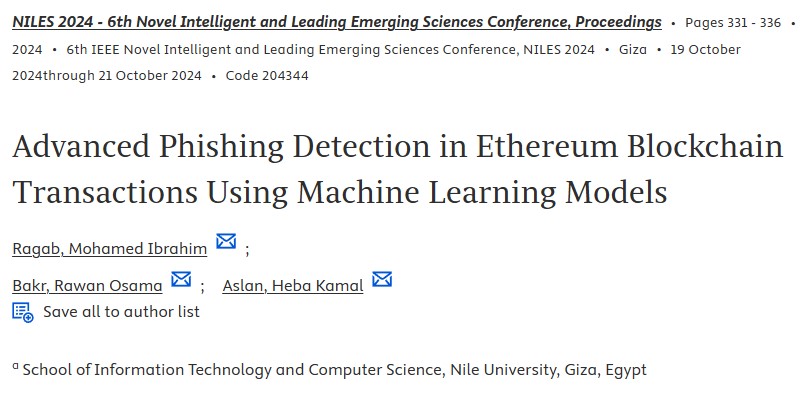
Deceptive phishing attacks greatly endanger blockchain security, tricking miners into adding harmful blocks to the chain. Current methods of detection and agreement protocols are frequently not enough, especially if authorized miners accidentally include these blocks. Despite the potential for improving detection capabilities, the adoption of zero-trust policies is still restricted. This paper
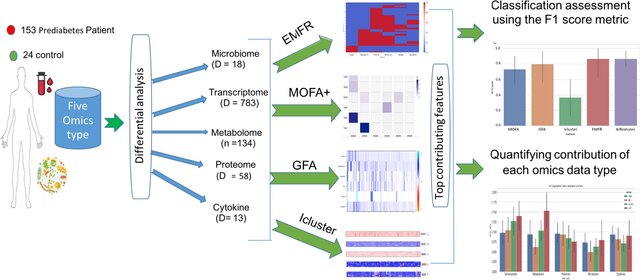
Type 2 diabetes mellitus (T2D) remains a critical health concern, particularly in its early disease stages such as prediabetes. Understanding these early stages is paramount for improving patient outcomes. Multiomics data integration tools offer promise in unraveling the underlying mechanisms of T2D. The advent of high-throughput technology and the increasing availability of multiomics data has